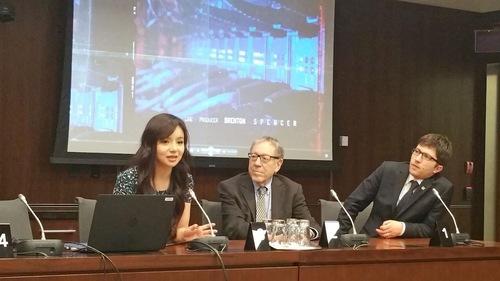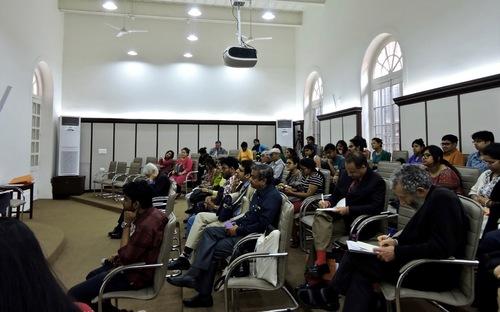For decades, science fictions writers have conjured up images of space colonies — whether on the moon, other planets in the solar system, or even in faraway galaxies — but for decades, they remained just that: science fiction.
Interest in space exploration had reached such a nadir in the early 2000s that Elon Musk considered spending $30 million dollars to buy rockets and launch them to Mars, for the sole purpose of reigniting public interest.
Now, it seems that interest in conquering outer space has never been higher. Mars One, a start-up in the Netherlands, has already started recruiting for the first settlers on a future Mars colony.
Getting there is only half the battle: for a Mars colony to exist, the planet needs to become hospitable to humans.





